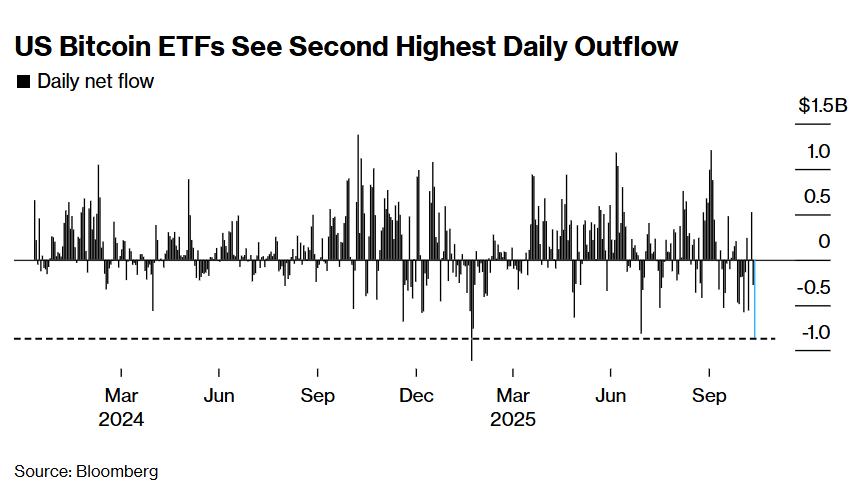Token Launch Frenzy Holds Back Altcoin Season—45 New Launches Dilute Liquidity
The surge in failed TGEs and the "get rich quick" mentality have slowed altcoin season, but niche categories like AI tokens still attract attention. Transparency in token launches is key to future growth.
The arrival of an altcoin season is often tied to Bitcoin’s performance. As money flows out of BTC and into altcoins, this triggers a rise in altcoin prices.
However, this cycle is delayed by factors beyond Bitcoin. One such factor is the recent surge in token generation events (TGEs).
Rise in TGEs – A Boon or a Bane?
In the past four and a half months, 45 new tokens have launched, with most failing to provide decent returns. Many tokens launched in 2025 failed to sustain growth post-listing, raising the question of whether this trend is driven by bearish macroeconomic conditions or the lack of fundamental value in these tokens. This is turning altcoins into speculative assets driven by momentum.
Talking to BeInCrypto, Vincent Liu, CIO of Kronos Research, shed light on this question.
“Relentless token launches, especially meme coins, diluted liquidity and fragmented investor attention. Simultaneously, macro headwinds like rising interest rates and a global shift to risk-off sentiment throttled speculative capital. Tokens lacking utility, clear roadmaps, or sustainable ecosystems were quickly repriced in line with growing investor skepticism,” Liu explained.
One of the few successful launches with strong ROI has been Solayer (LAYER). Since its February launch, LAYER has posted an 88% rise and is currently trading just under $2.00.
 SOLAYER Price Analysis. Source:
TradingView
SOLAYER Price Analysis. Source:
TradingView
Altcoin Season Delayed, But Narratives Continue to Grow
The altcoin season index currently stands at 16, indicating Bitcoin’s dominance. Rapid token launches and post-listing failures are contributing to the delay.
However, Liu noted that niche categories like AI-linked tokens continue to show strong demand despite the broader market conditions.
“While a full-fledged altcoin season hasn’t materialized, niche categories like AI-integrated meme coins and emerging tech narratives have shown signs of strength. Many token launches still suffer from inflated valuations and weak fundamentals, diluting capital and stalling broader momentum. Yet AI-linked narratives continue to attract attention not just from crypto natives, but also from traditional finance. Altcoin season isn’t gone, it’s simply evolving,” Liu said.
Despite the delay, the potential for an altcoin season remains. However, 75% of the top 50 altcoins would need to outperform Bitcoin to signal a true shift, which is not the case at the moment.
 Altcoin Season Index. Source:
Blockchain Center
Altcoin Season Index. Source:
Blockchain Center
Are Market Makers Feeding TGE Hype?
Arthur Cheong, founder and CEO of DeFiance Capital, recently raised concerns over TGEs. He highlighted the risk of projects and market makers working together to inflate token prices artificially. This can distort market behavior and undermine investor confidence.
“You don’t know whether the price is a result of organic demand and supply or simply due to projects and market makers colluding to fix the price for other objectives. Absolutely bizarre that CEXs are turning a blind eye to this and altcoin markets are becoming more and more like a lemon market where confidence gets lesser,” Cheong tweeted.
Responding to this, Vincent Liu suggested that there needs to be reforms in the way that token launches are approached.
“…the issue of artificially inflated token prices before launch presents a growing concern. While these short-term surges might attract initial attention, they often undermine long-term investor confidence. To mitigate this, the industry must champion greater transparency around partner agreements, listing criteria, and pre-launch disclosures. Clear communication about a project’s structure, roadmap, and market cap expectations is essential to building a sustainable and trustworthy ecosystem,” Liu said.
Liu believes addressing this problem requires collaboration from market makers, centralized exchanges (CEXs), and investors.
“By conducting thorough research into the fundamentals of new projects, investors can protect themselves from significant losses and identify valuable tokens in the long run,” Liu concluded.
Disclaimer: The content of this article solely reflects the author's opinion and does not represent the platform in any capacity. This article is not intended to serve as a reference for making investment decisions.
You may also like
As economic cracks deepen, bitcoin may become the next liquidity "release valve"
The US economy is showing a divided state, with financial markets booming while the real economy is declining. The manufacturing PMI continues to contract, yet the stock market is rising due to concentrated profits in technology and financial companies, resulting in balance sheet inflation. Monetary policy struggles to benefit the real economy, and fiscal policy faces difficulties. The market structure leads to low capital efficiency, widening the gap between rich and poor and increasing social discontent. Cryptocurrency is seen as a relief valve, offering open financial opportunities. The economic cycle oscillates between policy adjustments and market reactions, lacking substantial recovery. Summary generated by Mars AI. The accuracy and completeness of this summary are still being iteratively updated by the Mars AI model.

The wave of cryptocurrency liquidations continues! US Bitcoin ETF sees second highest single-day outflow in history
Due to the reassessment of Federal Reserve rate cut expectations and the fading rebound of the U.S. stock market, the crypto market continues to experience liquidations, with significant ETF capital outflows and options traders increasing bets on volatility. Institutions warn that technical support for bitcoin above $90,000 is weak.

When traditional financial markets fail, will the crypto industry become a "pressure relief valve" for liquidity?
As long as the system continues to recycle debt into asset bubbles, we will not see a true recovery—only a slow stagnation masked by rising nominal figures.

A Quiet End to 2025 Could Prime Crypto for a 2026 Breakout, Analysts Say

